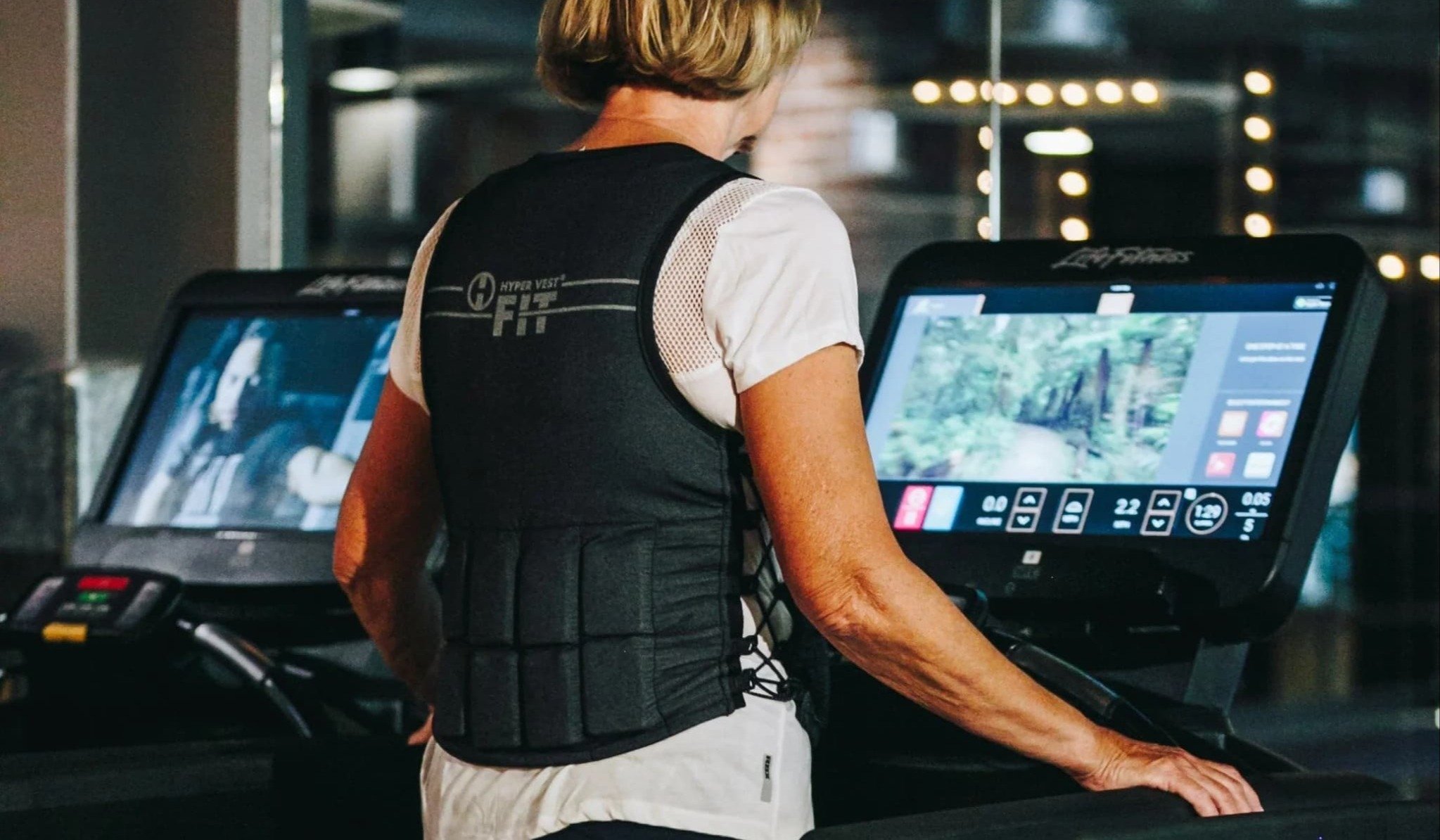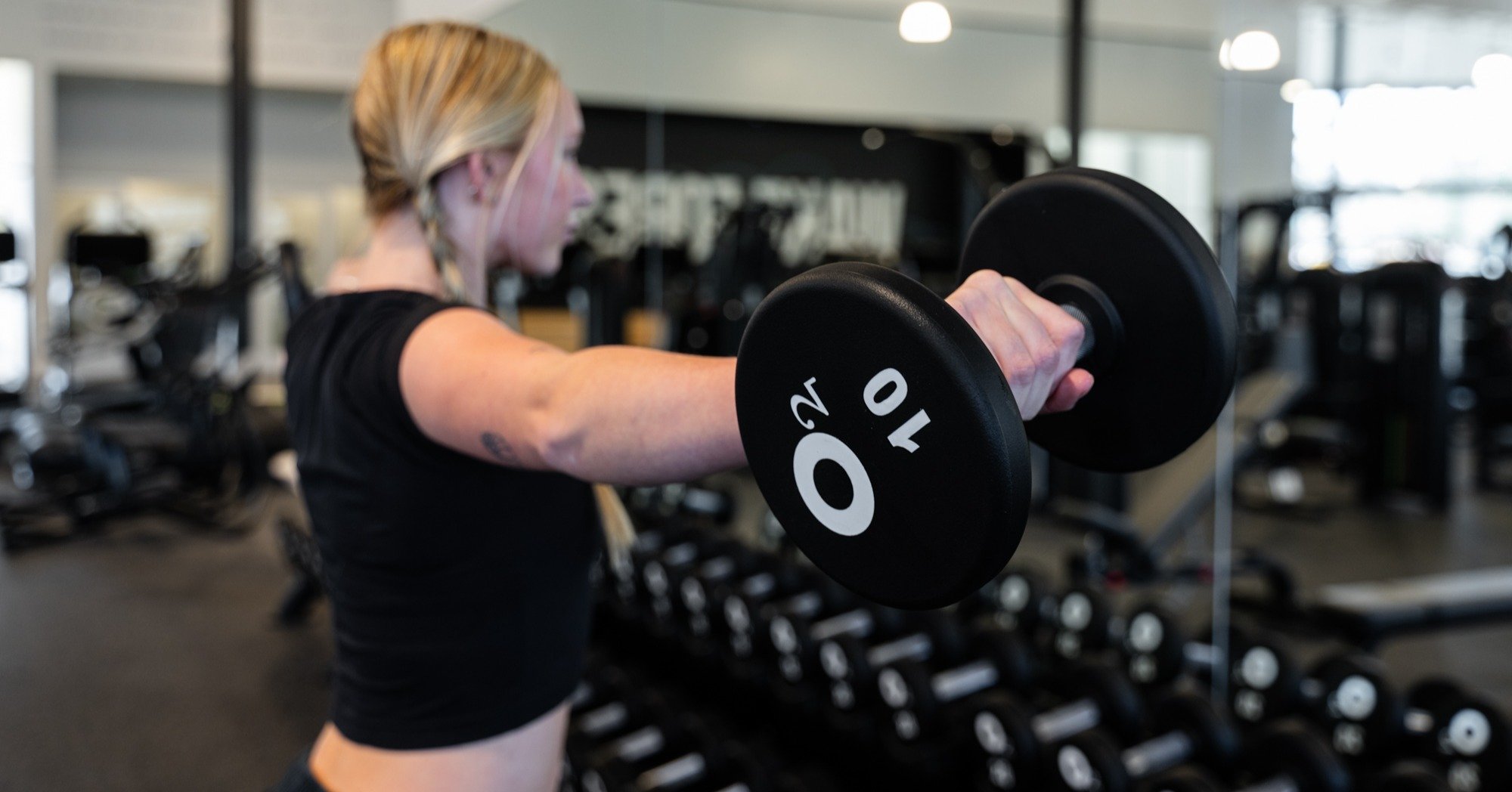You've likely spotted someone wearing a weighted vest during squats, push-ups, or even a jog on the treadmill. Once a niche tool for elite athletes, these vests have surged in popularity recently. But do they live up to the hype?
Let’s break down the science, benefits, and considerations to help you decide if a weighted vest is right for you!
What Is a Weighted Vest?
A weighted vest is exactly what it sounds like: a wearable piece of equipment with evenly distributed weights (often 5–20 lbs) designed to add resistance to your movements.
Unlike dumbbells or kettlebells, the vest keeps your hands free, allowing you to incorporate extra challenge into bodyweight exercises, cardio, or strength training.
The Benefits: Why People Swear By Them
-
Boosted Calorie Burn
Adding weight increases your energy expenditure. Studies show that walking or running with a vest can burn up to 12% more calories, making it a game-changer for fat loss or endurance goals. -
Strength and Muscle Gains
Bodyweight exercises like push-ups, lunges, and pull-ups become harder (and more effective) with added resistance. Over time, this can lead to improved muscle tone and functional strength. -
Enhanced Bone Health
Weight-bearing exercises stimulate bone density, which is crucial for long-term joint health and injury prevention, especially as we age. -
Versatility
From HIIT workouts to hiking, weighted vests adapt to nearly any activity. At O2 Fitness, try incorporating one into stair climbs, box jumps, or even yoga flows (start very light!). -
Improved Athletic Performance
Athletes use weighted vests to build explosive power and speed. Sprinters, for example, often train with vests to mimic competition intensity.
Potential Drawbacks: Proceed with Caution
While weighted vests offer plenty of perks, they also come with certain risks that you need to be aware of before wearing:
- Injury Risk: Poor posture, improper use, and too much weight can lead to joint pain, back problems, and other injuries.
- Comfort Issues: Cheap or ill-fitting vests can chafe or restrict movement.
- Overexertion: Beginners might push too hard, too fast. Start with 5–10% of your body weight and progress slowly.
Who Should Avoid Them?
If you have chronic joint pain, heart conditions, or are new to fitness, consult an O2 Fitness trainer or a Renew Wellness physiotherapist before strapping on a vest.
How to Use a Weighted Vest Safely
- Start Light: Begin with 5–10 lbs and focus on mastering form.
- Pair with the Right Exercises: Opt for low-impact moves first. Think squats, planks, or brisk walks before advancing to jumping or running.
- Limit Duration: Wear the vest for 20–30 minutes initially to avoid fatigue.
- Listen to Your Body: Discomfort is normal; pain is not. Remove the vest if you feel excess strain.
The Verdict: Are They Worth It?
Yes, if you use them wisely. Weighted vests are a versatile tool, but they’re not going to magically give you results. Your success depends on pairing them with proper programming, form, and recovery.
At O2 Fitness, our trainers can help you safely integrate a weighted vest into your routine, whether you’re leveling up your burpees or training for a race. Drop by the club to test one out with supervision from our expert team, and let’s turn that hype into results!
Ready to Try It?
Use one of your free personal training sessions, and one of our certified coaches can help tailor weighted-vest workouts to your goals. Strength, endurance, and adventure await—no heavy lifting required (until you put the vest on, of course).









.jpg)

